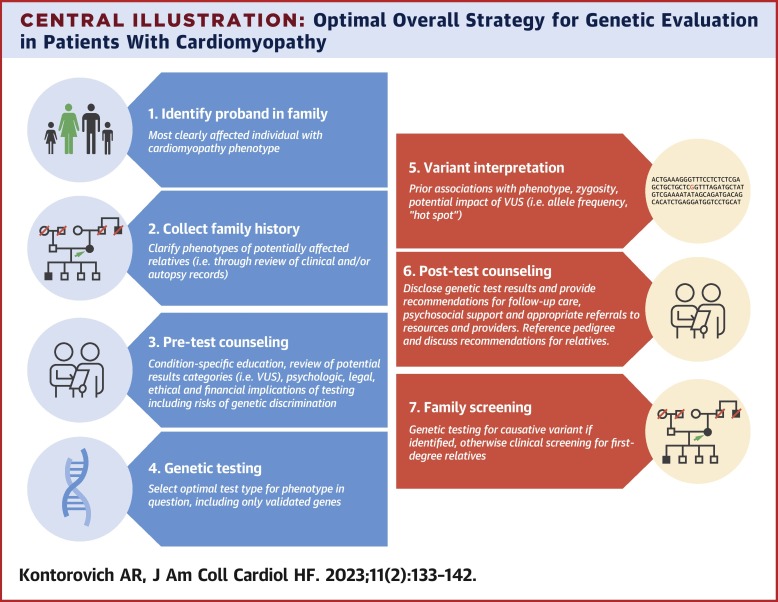
# Pathology: The Essential yet Misconstrued Foundation of Contemporary Medicine
Pathology, the medical specialty that supports the majority of healthcare decisions, frequently faces a reputation challenge. Paradoxically, this is an astonishing aspect for a field centered on visual and data-centric evaluations. Despite the fact that as much as 70–80% of clinical decisions rely on findings from pathology and laboratory medicine (P&LM), this discipline continues to be undervalued and misinterpreted by a considerable number of individuals.
Within the expansive healthcare ecosystem, pathologists work behind the scenes as crucial components, ensuring precise diagnoses and steering treatment courses. Medical professionals often refer to sayings like “A surgeon without a pathologist is blind” and “A physician without lab results has no direction,” underscoring the foundational significance of P&LM. Yet, gaps in understanding endure.
## The Function and Extent of Pathology in Medicine
In the United States, pathology is generally categorized into two main branches: **anatomic pathology** and **clinical pathology**, with the majority of U.S. pathologists undergoing training in both before focusing on a specific area.
1. **Anatomic Pathology** primarily centers on diagnosing illnesses through the examination of surgical samples under a microscope. This includes diagnostics for cancer, tissue evaluations, and post-mortem investigations (autopsies).
2. **Clinical Pathology**, conversely, focuses on analyzing laboratory tests of biological specimens such as blood, urine, and other bodily fluids. This branch employs scientific methodologies to evaluate hematology, immunology, microbiology, and additional fields.
Although these areas are distinct, they frequently overlap and depend on a combination of fundamental sciences, technological advancements, and clinical insights to support medical professionals in patient management.
### Pathology as the Core of Modern Medicine’s Framework
Visualize modern medicine as a tree: its roots signify foundational sciences, and its branches represent the various clinical specialties. Pathology, in this metaphor, acts as the trunk, effectively connecting and supporting the entire system. Without P&LM, the application of scientific research into clinical settings would struggle.
In recent years, progress in pathology—especially in molecular and genetic diagnostics—has significantly influenced areas such as oncology, personalized treatment, and care for infectious diseases. Despite these advancements, widespread myths and misapprehensions about pathology persist, creating obstacles for both the discipline and the wider healthcare community.
## Disproving Common Myths: Distinguishing Truth from Fallacies
A considerable source of confusion arises from widespread myths regarding pathology. These misconceptions deter medical students from exploring careers in this area and diminish the perceived value of pathologists in healthcare systems. Below, we clarify some of the most prevalent myths alongside the realities:
### **Myth 1: Pathologists exclusively conduct autopsies or cancer diagnoses.**
**Reality:** While pathologists are trained to perform autopsies, these represent merely a small portion of their responsibilities. Their practice encompasses a wide array of tasks, including diagnosing infections, identifying non-cancerous conditions, and informing treatment strategies across various specialties like hematology, dermatology, and infectious diseases.
### **Myth 2: Pathologists are restricted to laboratory work and carry out similar functions.**
**Reality:** Pathologists fulfill numerous roles—such as educators, researchers, and diagnostic consultants. They engage in significant interdisciplinary collaborations, instruct medical students, and participate in pioneering research. Moreover, the field is highly varied, including subspecialties like forensic pathology, gastrointestinal pathology, and transfusion medicine.
### **Myth 3: Pathology is devoid of creativity and merely mechanical.**
**Reality:** Analyzing data from sophisticated diagnostic tools necessitates both analytical prowess and creativity. In practice, pathologists often face intricate cases where recognizing patterns and subtle interpretations is vital. Their work resembles solving medical puzzles, frequently involving the synthesis of complex data to reach meaningful diagnoses.
### **Myth 4: Pathologists have minimal patient interaction and operate independently.**
**Reality:** On the contrary, pathologists actively collaborate with other physicians and healthcare staff. Whether participating in tumor boards, discussing biopsy results, or assisting physicians with intricate medical choices, they remain significantly involved with the healthcare team.
### **Myth 5: Artificial intelligence will eliminate the need for pathologists.**
**Reality:** Although AI is an exciting instrument that enhances diagnostic accuracy and efficiency, it is improbable that it will replace pathologists. Rather, AI will function as a supplementary tool, similar to how immunohistochemistry has augmented—but not substituted—pathologists’ roles. Human expertise is still crucial for integrating and contextualizing data clinically.
### **Myth 6: Pathologists do not play a role in healthcare advancement.**
**Reality:** Pathology is vital to both the enhancement and quality of healthcare. Innovative laboratory strides facilitate the development of clinical medicine, and outreach initiatives from clinical labs expand patient access to diagnostic services.
### **Myth 7: Instrumentation guarantees immediate results.**
**Reality:** While rapid results are achievable for certain routine tests, complex cases often require careful examination and interpretation.